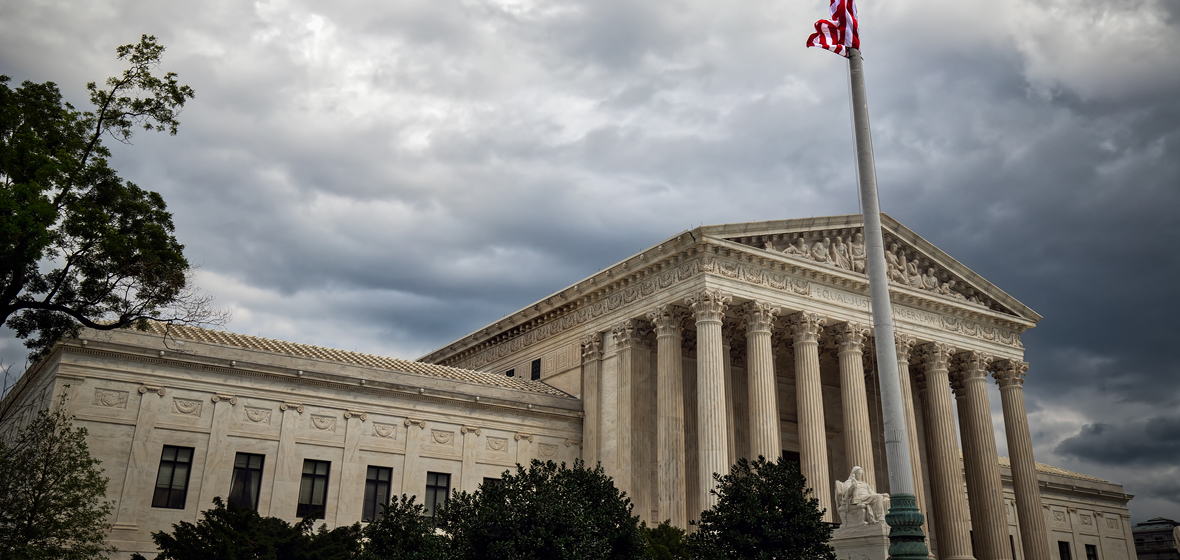Globally, this has been a year of dramatic and shocking events. But lately, the USA has been stealing all the headlines. The death of US Supreme Court Justice Ruth Bader Ginsburg on 18 September 2020 was yet another shock, but no one should have been surprised by what followed. Scarcely more than a week after her death, President Donald Trump nominated Judge Amy Coney Barrett of the US Court of Appeals to fill the vacancy. Contrary to what might once have been imagined, appointing a new justice need not be a slow or complicated matter.
The US Constitution empowers the President to nominate and, with the ‘advice and consent of the Senate’, appoint justices of the Supreme Court. Nothing further is specified about how this should be done, or what form the ‘advice’ should take. For more than a century and a half after the Supreme Court’s establishment, nominations proceeded without hearings, and even interviews of the nominee were rare. It was only in 1955 that America adopted the process that is familiar today – a public confirmation hearing in which the nominee is questioned by members of the Senate Judiciary Committee, before the Committee makes a recommendation to the Senate, and the whole Senate votes on whether or not to confirm.
There is no particular timeline for this process and, as we have seen, the President can move swiftly. It was scarcely surprising that President Trump and the Senate majority leader, Republican Mitch McConnell, seized the opportunity to replace the liberal Justice Ginsburg with a nominee of their own political persuasion, thus tilting the Court decisively in the conservative direction. Trump made no attempt to disguise his opportunism, and when he declared that the Democrats would have done the same had they been in power, he was probably right. Only the Republicans’ double standard was unprecedented.
In early 2016, when Justice Antonin Scalia died in office, President Obama nominated Judge Merrick Garland to fill the vacancy, but the Republicans in the Senate refused even to begin the confirmation process, making the claim that this should not happen in a presidential election year. Nothing in the Constitution or any rules governing appointments makes a presidential election year a special case. Many Supreme Court appointments have happened in election years, several of them taking as little as a couple of weeks between nomination and confirmation. A nomination so close to the election is exceptional, but it does not break any actual rules. The Republicans have the numbers, and once the individual Senators indicated their intentions, Barrett’s confirmation was never in doubt. Taking her seat on the Court, she will remain for as long as she lives or chooses.
What is Barrett’s confirmation likely to mean for America?
During her hearing, having introduced her family and spoken at length about her personal background, Barrett was questioned sympathetically by the Republican Senators and critically by the Democrat Senators. She was asked repeatedly about her values and the likely direction of her future judgments. But, as expected, she vowed repeatedly that she would decide according to law, would not comment on matters of policy or answer hypotheticals, and respect stare decisis.




